8. Mad Max (1979)
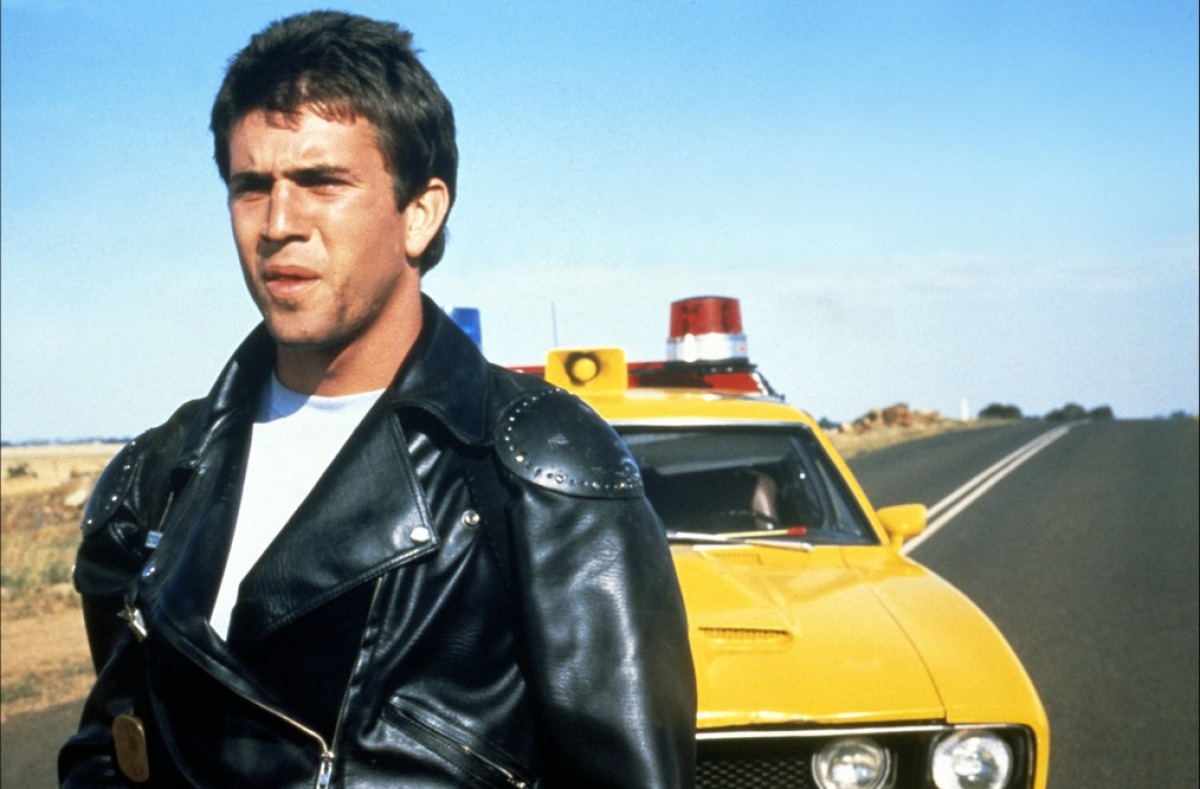
One of the most rebellious of road movies, George Miller’s 1979 dystopian dissertation, Mad Max, would come to epitomize Ozploitation (Australian genre cult films from the 70s and 80s). Polarizing critics with its violence and anarchic underpinnings, Mad Max made an international star out of Mel Gibson, and the raging, and realistic action scenes resonated with certain action-oriented audiences right away.
Miller would go on to a very successful directing career and revisit Mad Max for three more sequels (a fourth one seems inevitable), and the societal breakdown motif, in the later sequels to take a more post-apocalyptic slant, would prove roaringly popular as well as outright iconic. “It’s that rat circus out there, and I’m beginning to enjoy it.”
7. Enter the Dragon (1973)
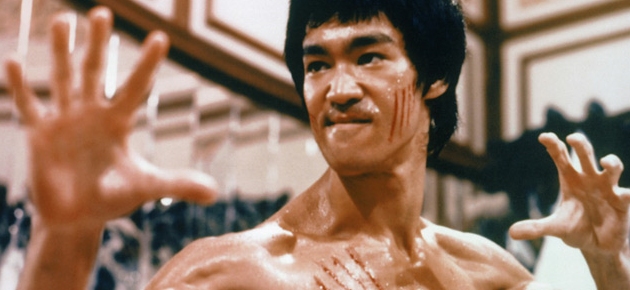
The definitive fight film, Robert Clouse’s Enter the Dragon also marks Bruce Lee’s final film appearance before his untimely death at age thirty-two on July 20th, 1973. In many ways the quintessential Lee film, this Hong Kong-American martial arts movie, with it’s many muscular fight scenes choreographed by Lee––as well he directed the dynamic monastery-set opening sequence––went on to become a hugely influential actioner as well as a box-office hit.
Lee plays a Shaolin martial arts expert out to nab the drug dealers responsible for his sister’s death. Entering a kung fu competition with the aim of battling it out to the dealer’s HQ with the help of his new found allies (including John Saxon and Jim Kelly).
The kung fu style Lee displayed in the film, not to mention his acrobatic and athletic feats (sometimes with nunchakus) and his penchant for Zen Buddhist philosophizing, set about a worldwide enthusiasm. Enter the Dragon is astonishing entertainment as well as a pop-standard.
6. El Topo (1971)
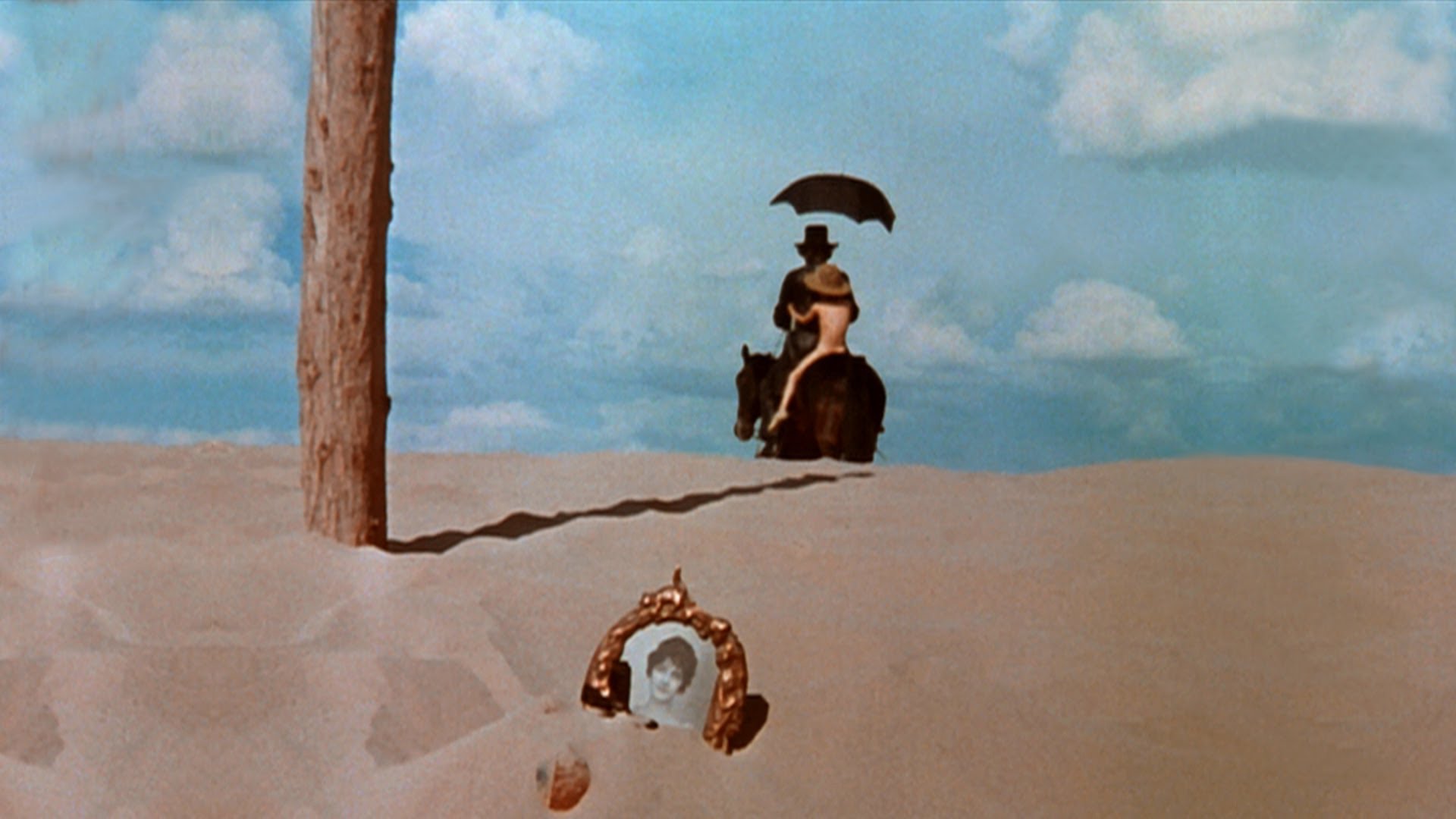
Alejandro Jodorowsky’s sophomore film, El Topo is a violent spectacle, and a mind-altering adventure through an alternate dimension, as indebted to Nietzsche as it is to LSD. Jodorowsky draws from a deep well of influence that contains silt from Spaghetti Westerns, religious augur, surrealism, eroticism, and enough purple haze that it became soused with a new label, that of Acid Western.
It was Pauline Kael that coined the term “Acid Western” in her original review of the film in ‘71, and it stuck. There’s a nonlinear, psychedelic fashion to El Topo, established right away as a gunfighter, clad in sable, with his son, Hijo, skyclad, appear in the desert.
As a preamble to much bloodshed, the pair appear like mythic heroes, and in due process a revenge scenario loosens around them. Later, surfacing like Zarathustra, El Topo emerges from a subterranean grotto, enacting strange symmetry, making for the ultimate midnight movie experience, spasmodically outlandish, OTT odd, and impossible to shake.
5. Eraserhead (1977)
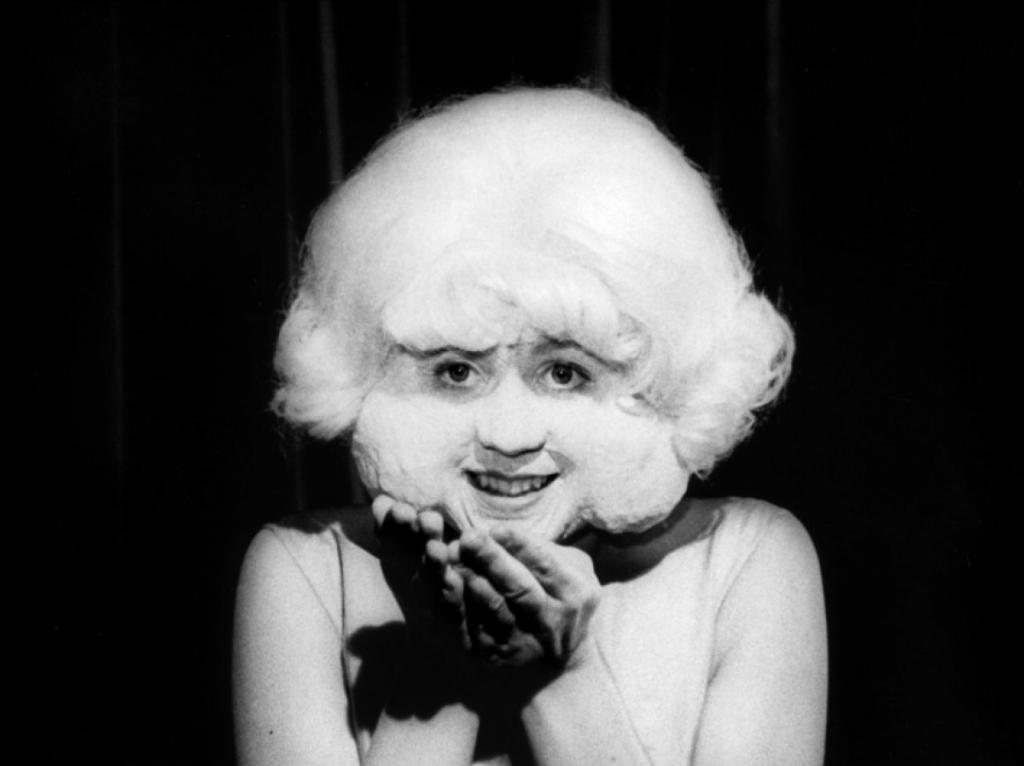
There’s probably no director alive today that epitomizes the essence of cult filmmaker quite like David Lynch. But before Missoula, Montana’s favorite son gave the world the Twin Peaks phenomenon, or the neo-noir nightmare of Blue Velvet and Mulholland Drive, amongst others, Lynch gave us an abrasive, surrealist fantasia called Eraserhead.
Shot over an exhaustive six year period, it’s a crazy-quilt charcoal comedy, obsessed with body horror and starring Lynch’s greatest muse, Jack Nance. Miserable factory worker Henry Spencer (Nance) toils in an industrial wasteland when one day his girlfriend, Mary X (Charlotte Stewart), informs him he’s the father of a repulsive mutant child.
In terrifically textured black-and-white and the most unsettling of soundscapes, the term “Lynchian” entered the lexicon. Eraserhead, due to its disturbing imagery, and inherent eccentricity, is an acquired taste, but it’s also an enduring chef-d’oeuvre, a great midnight movie, and an arresting directorial debut.
4. Monty Python and the Holy Grail (1975)
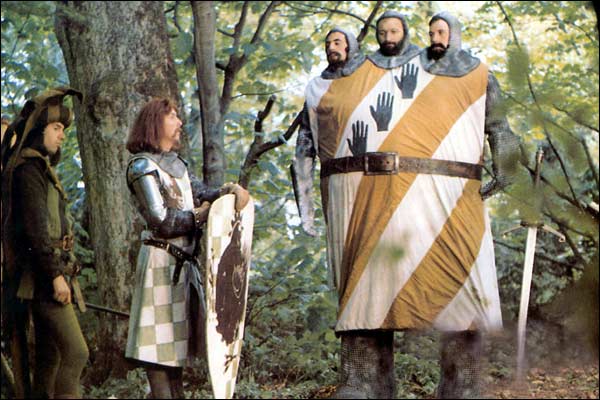
Is there a more quotable comedy than the side-splitting, pants-pissing, so-funny-it-hurts tour de force, Monty Python and the Holy Grail? Considered to be the British troupe’s first film proper—their portmanteau picture four years before, And Now for Something Completely Different, was comprised of sketches previously seen on their Flying Circus television show—the Holy Grail soared to cult status celebrity almost as soon as it opened in theaters in 1975.
Meta-comedies existed before—like Woody Allen’s Sleeper (1973) and Mel Brooks’ Blazing Saddles (1974)—but the Pythons gleefully rushed the gate with their absurdist brand of intertextual parody. Its an intelligent celluloid animal; there’s social commentary in the mode of the Marx Brothers, even Hieronymus Bosch (“bring out your dead”), and it’s so densely packed with gags that a single viewing can’t reveal them all.
Hence the ritualised repeat-viewing audience, ready to sing and shout along in ultra-clever faux English accent (or preposterous French iteration when doing the taunters). A classic comedy, as absurd as it is uproarious.
3. Suspiria (1977)

“Fear,” Dario Argento has famously said, “is a 370-degree centigrade body temperature. With Suspiria I wanted 400 degrees.” An immersive experience in sensory cinema like no other, Italian auteur Argento’s Suspiria is a spine-tingling and dizzying masterpiece in the form of a nightmare fairytale.
Suzy Bannion (Jessica Harper) is a new American student at the Tanz Dance Academy, a European ballet institute that doubles as a classic Gothic setting, that secretly houses a coven of ferocious witches. Administered by the mysterious Mother Suspiriorum (Lela Svasta) and vice-directress, Madame Blanc (Joan Bennett) Suzy is slowly drawn along a terrible mystery.
Primitive colors, violent deaths delivered with the baroque virtue of a music video using giallo subterfuge, supernatural elements, and Hitchcockian affection. As solid proof of auteur theory––Argento is the Sergio Leone of horror cinema––Suspiria is a hypnotic and self-reflexive powerplay of terror.
2. Phantom of the Paradise (1974)
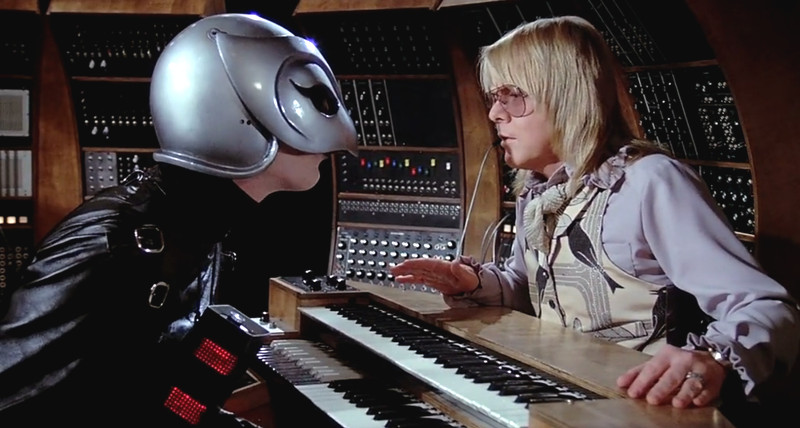
“Brian De Palma has an original comic temperament; he’s drawn to rabid visual exaggeration and to sophisticated slapstick comedy,” wrote Pauline Kael, adding “[Phantom of the Paradise] is a one-of-a-kind entertainment, with a kinetic, breakneck wit.”
In 1974 Brian De Palma made the ultimate midnight movie, a campy, way over-the-top horror musical (Phantom beat the Rocky Horror Picture Show to the punch by a solid year and a half), and as a playful piss take on popular music, Phantom of the Paradise nails a lot of the tropes of the era. Sending up the Beach Boys, Glam Rock, diva singing, and a Phil Spector-like impresario named Swan, amongst them.
Paul Williams is wonderful in the role of Swan, and his superb soundtrack is still gobsmackingly brilliant some forty years on. William Finley in the titular role as the cursed Phantom is also a terrible treat, and the fervent cult that has embraced the film have elevated both Finley and Williams to the stature of adored icons.
The much ballyhooed New Hollywood of the 1970s sired many enterprising cinematic curiosities but few as exhilarating, outlandish and impressively stylish as Phantom of the Paradise. For all its crackbrained exuberance and frequently hallucinatory tenor, this musical version of Faust is a feast for the senses; silly, exaggerated, and overblown, this is a film that, by midnight movie standards and beyond, is some kind of masterpiece.
1. The Rocky Horror Picture Show (1975)
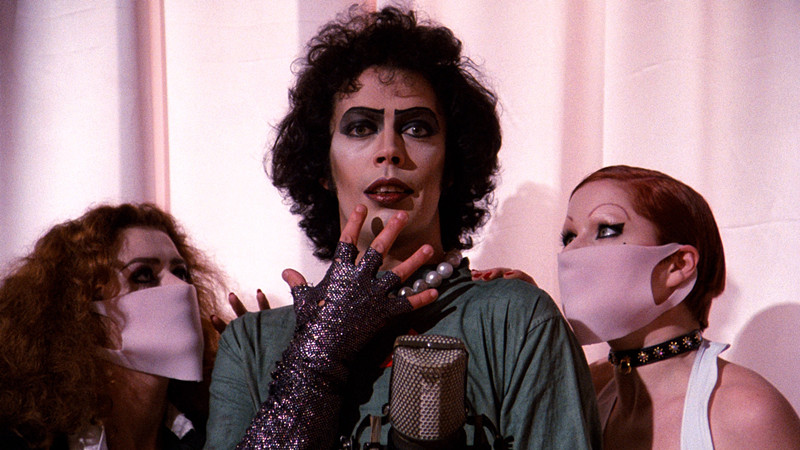
“It’s astounding… Time is… fleeting. Madness… takes its toll.”
Jim Sharman’s gleeful direction, Richard O’Brien’s crucial songs, the willing and winning cast (Tim Curry may steal the show as Doctor Frank N. Furter, but was Susan Sarandon ever more stunning?) make for a monumental picture. The emblazoned satire in Rocky Horror doesn’t limit itself to the sci-fi genre alone, its wide orbit includes celebrity culture, Hollywood, sexual politics, the glam scene, rock operas, the counterculture, and more.
The story, which takes the backseat to the overall experience, involves two naive young lovers, Brad Majors (Barry Bostwick) and Janet Weiss (Sarandon), who, on a cold, rainy night, get a flat tire in the middle of nowhere, but near enough to a creepy old mansion. Insanity ensues.
No discussion of the film is possible without giving props to its rabid fanbase. Audience participation elements garner as much, maybe more, mentions than the actual film. People who’ve never seen it still know about the song and dance around the “Time Warp” as well as the transgender costumes and kitschy sci-fi aesthetics. Since it’s release, 40 years ago, The Rocky Horror Picture Show has been consistently running in repertory cinemas, particularly midnight screenings, all over the world, giving it the longest-running theatrical release in cinema history. Wow.
“A mental mind fuck can be nice.”
Author Bio: Shane Scott-Travis is a film critic, screenwriter, comic book author/illustrator and cineaste. Currently residing in Vancouver, Canada, Shane can often be found at the cinema, the dog park, or off in a corner someplace, paraphrasing Groucho Marx. Follow Shane on Twitter @ShaneScottravis.